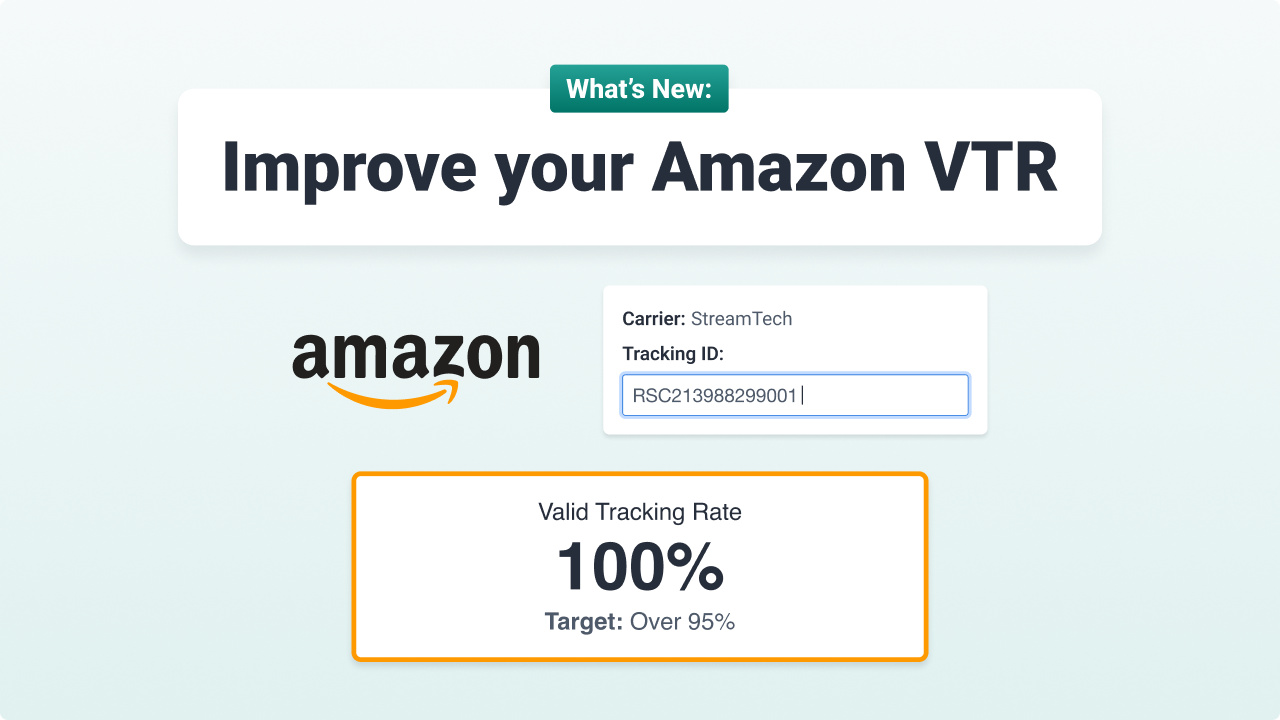The transport manager: the unsung hero of logistics, the linchpin keeping your fleet moving, compliant, and efficient.
But often, they’re also drowning in a sea of paperwork, regulations, and endless problem-solving.
So, how can you lighten their workload and ensure they can focus on the strategic aspects of their role?
Here are some practical strategies to reduce the workload of your transport manager so that you can free up their time to focus on the more important aspects of the job:
1. Invest in technology and automated solutions
This is perhaps the most impactful area for workload reduction.
Manual processes are time-consuming and prone to error. Consider implementing the following solutions in order to heavily reduce their workload:
Telematics Systems
Telematics Systems provide real-time data on vehicle location, driver behaviour, fuel consumption, and maintenance needs. Stream integrates with one of the industry-leading telematics providers, Teletrac Navman.
Automating data collection and reporting reduces manual input and allows for proactive issue identification.
Transport Management Software (TMS)
Integrate various aspects of operations through a centralised Transport Management System that includes features such as route planning, route optimisation, electronic Proof of Delivery (ePOD), delivery tracking, order management, and compliance.
This centralises information and streamlines workflows and data capture for a more efficient, cost-effective operation.
Electronic document management
Ditch the paper trails!
Implement a system for storing and managing vehicle records, driver qualifications, inspection reports, and other crucial documents digitally. This saves time on searching for them in piles of paperwork and ensures easy access business wide.
Stream provides a suite of essential features for transport managers to keep their fleet and drivers compliant, including:
Walkaround Check and defect reporting
Equip drivers with mobile apps for vehicle checks, defect reporting, and delivery confirmations. This eliminates paper-based processes and provides immediate data capture in comparison.
2. Empower your team and delegate effectively
Your transport manager shouldn’t need to bear the burden of responsibilities that could otherwise be delegated to other team members. Identify these tasks and administer them to staff with other roles, such as:
Administrative assistants
Let them handle paperwork, data entry, answering phones, and scheduling appointments.
Fleet maintenance staff
Let these team members take ownership of routine vehicle checks, scheduling maintenance, and managing repair records.
Dispatchers
Staff that can manage daily schedules, communicate with drivers, and resolve minor on-road issues.
Experienced drivers
Mentor new recruits or assist with basic administrative tasks.
Clearly define roles and responsibilities, provide adequate training, and empower your team members to take ownership of their tasks. This frees up the transport manager to focus on higher-level responsibilities.
3. Streamline communication
Inefficient communication can create unnecessary work and stress for your transport manager. Implement clear communication protocols and utilise appropriate tools:
Dedicated communication channels
Establish clear channels for different types of communication (e.g., radio for immediate on-road issues, email for formal updates, and project management software for team tasks).
Regular team meetings
Schedule brief, focused meetings to discuss operational updates, address challenges, and ensure everyone is on the same page.
Standardised reporting formats
Implement clear and concise reporting templates to ensure information is presented consistently and efficiently.
Self-service options for driver
Provide drivers with access to information they need (e.g., schedules, policies, contact details) through a mobile app or online portal, reducing the need for constant enquiries.
4. Proactive maintenance and compliance
Preventing issues is always better than reacting to them, ultimately reducing the workload of your transport manager through preventative measures. Consider implementing:
Robust preventative maintenance schedules
Regular servicing and inspections can identify potential problems before they lead to breakdowns and compliance issues.
Thorough driver training
Ensure drivers are well-trained on vehicle operation, safety procedures, and compliance regulations. This reduces the likelihood of incidents and violations.
Regular compliance audits
Conduct internal audits to ensure adherence to all relevant regulations, identifying and addressing potential risks proactively.
Clear policies and procedures
Document all operational and compliance procedures clearly and make them easily accessible to all team members.
5. Foster a supportive work environment
A happy and supported transport manager is a more efficient one. Consider:
Reasonable working hours and work-life balance
Recognise the demanding nature of the role and strive to ensure a healthy work-life balance.
Opportunities for professional development
Invest in training and development to keep your transport manager updated on industry best practices and regulations.
Regular feedback and recognition
Acknowledge their hard work and provide constructive feedback and financial support to accelerate their growth.
Adequate resources, support and training
Ensure they have the necessary tools, technology, support staff, and training to perform their duties effectively and efficiently.
Conclusion
Investing in your transport manager’s well-being and reducing their workload by implementing solutions such as Stream’s Transport Management System will greatly contribute to the performance and the success of your transport operation.
By implementing these strategies, you can free them from the burden of unnecessary, inefficient tasks, allowing them to focus on the more business-essential aspects of their role: strategic planning, optimisation, and ensuring your fleet is compliant.
All of the aspects your transport manager would no doubt rather focus on instead of trawling through constant paperwork.



